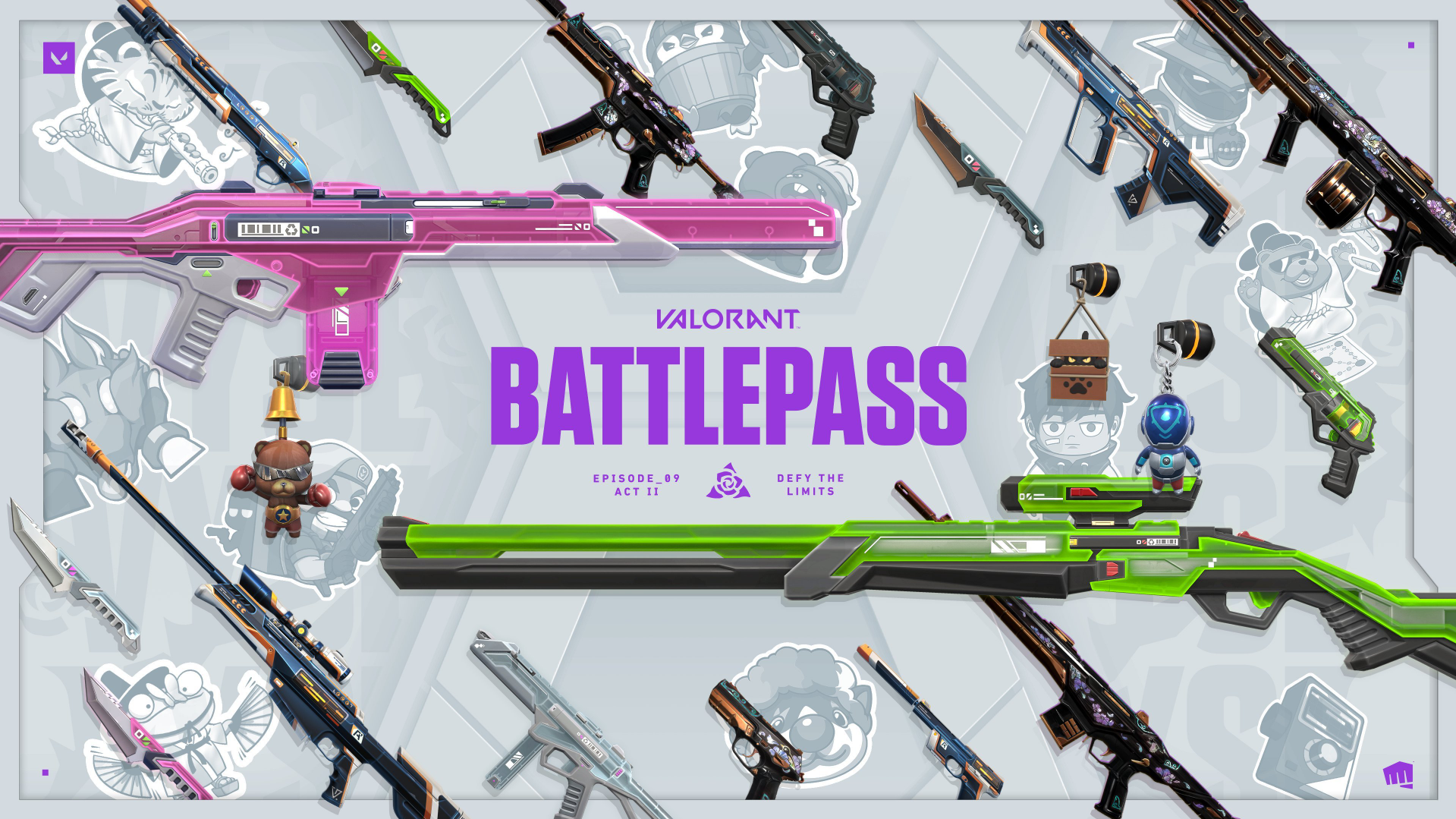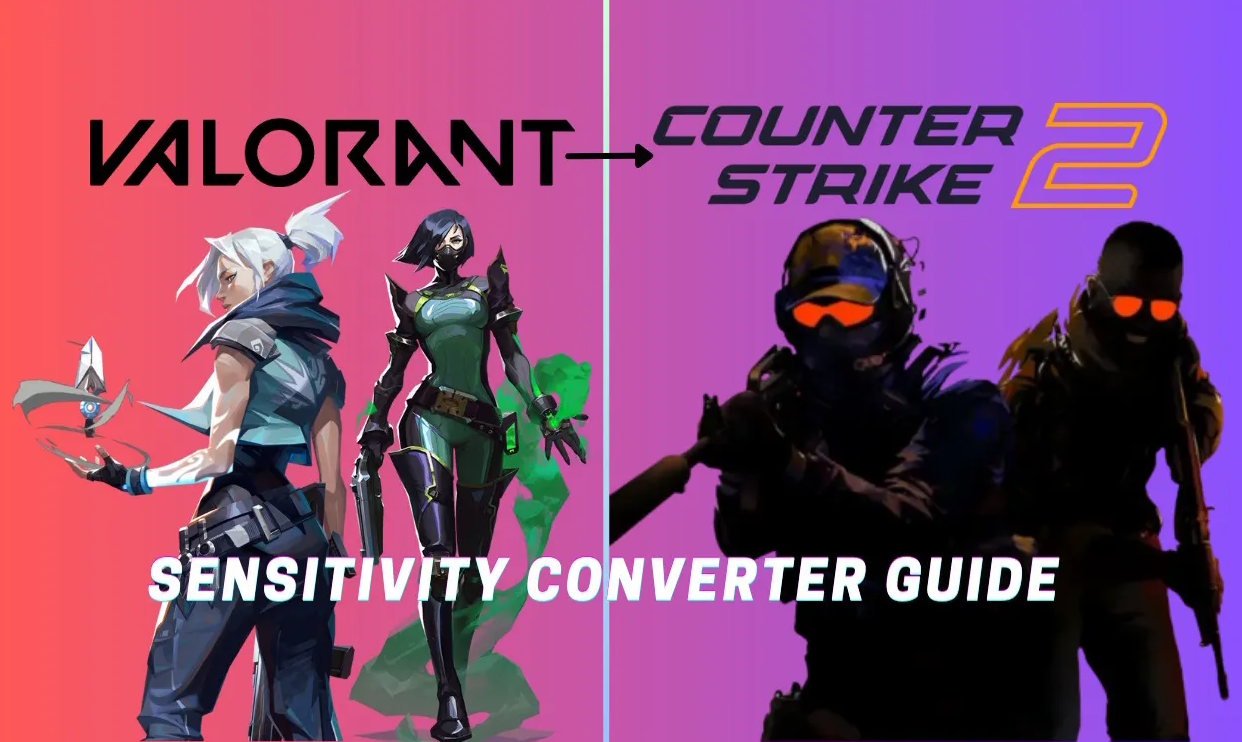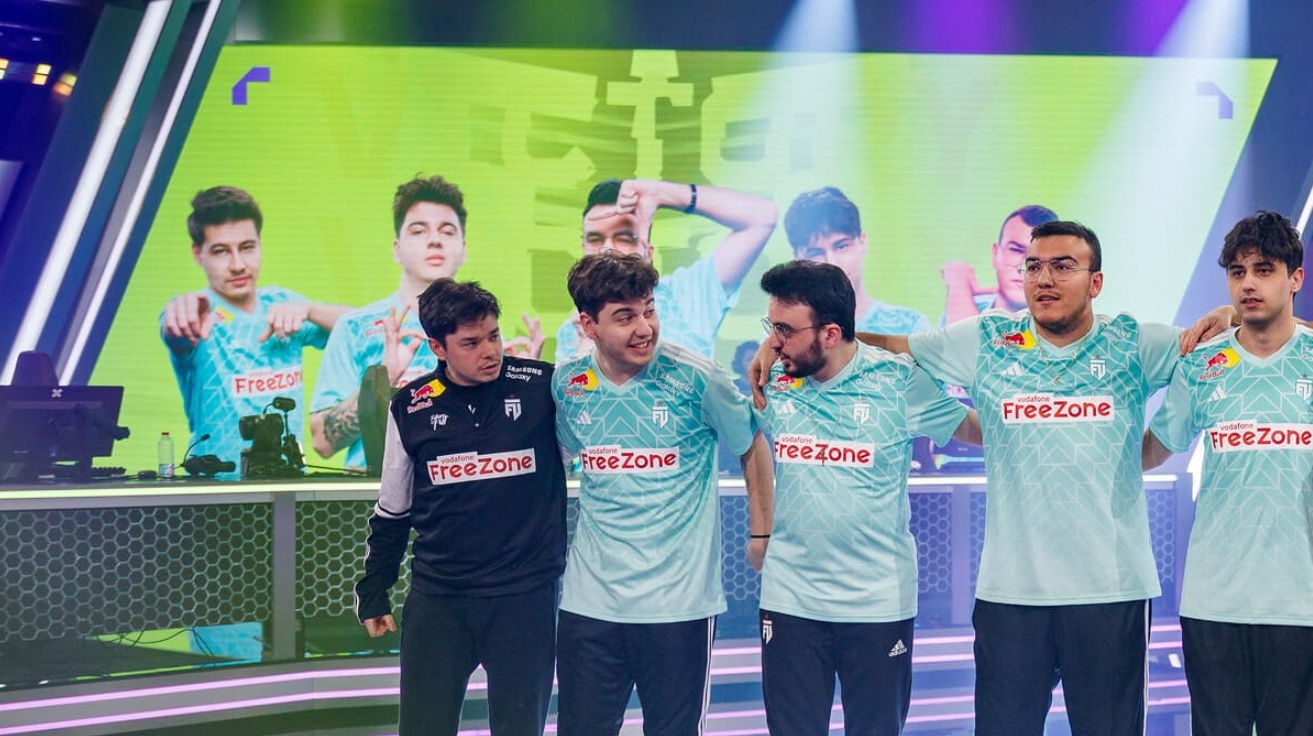
After the release of the game, the developers slightly changed the existing rank system: they added new intermediate positions and changed the name of the group of the best gamers (Valorant to Radiant). In the current ranking system, each position received three intermediate options, with the exception of the final “Radiant”. The last category represents the top five hundred players, so it will be very difficult to get that high.
The ranking system in Valorant is an integral part of the gameplay. If you want to test your skills in competitive play, then you should head to ranked games. In this article we will discuss everything you need to know about ranks and more.
Table of Contents
What is the rating system in Valorant?
Just like countless other competitive games, Valorant boasts a finely tuned ranking system that serves as a compass for measuring the prowess of its players. This meticulously crafted system encompasses a plethora of unique ranks, each meticulously tailored to reflect an individual’s aptitude at a specific juncture within the game’s dynamic landscape.
As players immerse themselves in the exhilarating world of Valorant, they embark on a journey of personal growth and development. The ranking system acts as a faithful companion, faithfully documenting their progress and providing a tangible representation of their advancing skills. With each hard-fought victory or humbling defeat, players inch closer to ascending the ranks, unlocking new challenges and opportunities along the way.
The beauty of Valorant’s ranking system lies in its ability to encapsulate the nuanced complexities of player abilities. From the nimble reflexes of a sharpshooter to the strategic brilliance of a master tactician, every rank is a testament to the unique blend of skills that define each player. It recognizes and celebrates the dedication, time, and effort invested by individuals in honing their craft, fostering a sense of accomplishment and camaraderie among the community.
Moreover, the ranking system in Valorant fosters an environment of healthy competition. It ignites a spark within players, compelling them to push their limits and strive for excellence. Whether they find themselves soaring among the ranks of the elite or valiantly battling their way up from the lower echelons, every step forward is a testament to their unwavering dedication and unwavering spirit.
How does the ranking system work?
Valorant embraces a meticulously designed MMR/RR system that intricately evaluates players’ performances, leaving no room for oversight. Within this system, crucial elements like the K/D ratio hold profound significance as they directly shape the distribution of RR points. To put it simply, the outcome of a match intertwines with the K/D ratio, dictating the magnitude of points deducted or rewarded.
Imagine a scenario where you showcase exceptional skill, achieving an impressive K/D ratio, only to face defeat. In such a case, the system recognizes your individual prowess and acknowledges the impact you had on the match, resulting in a more lenient deduction of points. Conversely, if you find yourself in a match with a lower K/D ratio, yet you still end up with the same outcome, the system takes notice of the nuanced details and allocates points accordingly, reflecting the overall performance.
This delicate interplay between individual performance, teamwork, and the ultimate result manifests Valorant’s commitment to fairness and accuracy. It strives to capture the essence of each player’s contribution, acknowledging that triumphs and setbacks can be influenced by multiple factors. It is a testament to the game’s appreciation of the multifaceted nature of competitive gaming and the human element that drives it.
A little explanation
- You will not be able to find out your MMR directly. This is a hidden system in Valorant that determines the level of players that suit your skill level during the initial calibration stages. When you play a lot of matches, your MMR and rank will converge.
- As for RR, these are points that are awarded or subtracted after each wagering in a ranked game (When you receive 100 RR, you move to the next rank).
Approximate distribution of RR points
- Lose: -10-30 RR points
- Victory: +10-50 RR points
Adding or subtracting points works according to the system described at the beginning of the paragraph.
All types of ranks in Valorant
Before embarking on your journey through Valorant’s ranked system, there are certain prerequisites you must fulfill in order to set foot on this path. Primarily, you are required to achieve an account level of 20, which grants you access to this mode. This regulation was implemented during Act 1 of Episode 4. Additionally, it is important to note that if you abstain from playing any ranked matches for a duration of two weeks, your rank will be concealed.
Currently, the game encompasses a total of nine distinct ranks, with eight of them consisting of three tiers that must be progressively ascended to advance within the system. The ninth and final rank stands as a prestigious stage where the crème de la crème of players from across the globe fervently compete. It is worth mentioning that not all participants at this rank are exclusively professional esports athletes, as a myriad of exceptional players from diverse backgrounds also partake in the exhilarating competition.
So, as you venture forth into the realm of Valorant’s ranked system, keep in mind the prerequisites and the diverse array of ranks that await you. Let your dedication and skill propel you towards new heights, as you immerse yourself in the thrilling competition alongside individuals who share your passion for the game.
- Iron (1 to 3)
- Bronze (from 1 to 3)
- Silver (1 to 3)
- Gold (1 to 3)
- Platinum (from 1 to 3)
- Diamond (1 to 3)
- Ascendant (1 to 3)
- Immortal (1 to 3)
- Radiant (The highest rank can be obtained only by the best players in the region included in the TOP-500).
Why does the rank reset after each Act/Episode?
To determine the exact skill level of players, in Valorant the developers reset your rank after the end of each Act/Episode.
At the end of each Act, the developer resets your rank, but don’t worry, to get it back you only need to play one game and your rank or as close to it as possible will return.
If you are a top rank holder (Radiant) with a player percentage of 0.04, then the system will affect you differently. After the end of each Act, the Valorant leaderboard is reset and everyone’s rating is reduced by 10%. This makes RR fair for everyone and ensures that no one is left behind on the leaderboard.
How many players are at a particular rank at the moment?
Indeed, it’s important to note that data regarding rank distribution undergoes regular updates on a monthly and seasonal basis. However, we have curated the most recent statistics to provide you with a current overview. If you find yourself occupying lower ranks, there’s no need to feel disheartened, as those ranks tend to have a larger player base. Remember that you are part of a diverse community, and each rank offers its own unique challenges and opportunities for growth. Embrace the journey and strive to improve, for with dedication and perseverance, you have the potential to ascend to greater heights.
- Iron (5.1%)
- Bronze (15.9%)
- Silver (22.5%)
- Gold (20.9%)
- Platinum (16.2%)
- Diamond (11.1%)
- Ascendant (4.8%)
- Immortal (2.0%)
- Radiant (0.05%).
As you can see from the list above, the most popular ranks of all are between Bronze and Platinum. It attracts the largest number of players. Starting from Diamond and above, the percentage drops rapidly, which indicates the difficulty of obtaining these titles.
Which ranks can play Valorant together?
To increase the rank of Valorant, some players prefer to rely on the team’s abilities much more than on their own skill. However, Riot Games foresaw this outcome and introduced a restriction.
To increase your rank, you can create a group of two, three or five people (groups of four cannot play ranked matches). This was done so that solo players could not get caught in a assembled party, which would lead to discrepancies when selecting players of the appropriate level.
Group of five
There are no rank restrictions for a group of five people. So party participants can have any rank, but this is followed by small penalties:
- If there are members of the group with a Diamond rank or lower, the number of RR points received will differ depending on the rank. If there are participants in the group with a rank of Diamond 2 or higher, then a penalty is imposed in the form of a 50% reduction in points received.
- If among your friends there are players with the Radiant rank, then the possible penalty varies from 75 to 90% reduction in points received.
This whole system was introduced so that groups of five people with a wide range of ranks could not boost each other in an honest way.
Group of three or two people
For a party of two or three people there are also certain restrictions, which we will talk about.
- Representatives of the lowest ranks (Iron and Bronze) can play with the same ranks, or a slightly higher rank like Silver. Accordingly, Silver can play together with Gold, and those with Platinum, and so on.
- There is a separate rule for Immortal ranks. They can only take part in groups of 2 or 5 players, or solo.
After understanding the information in this article, you will know everything you need to start in a ranked game in a party or alone.






